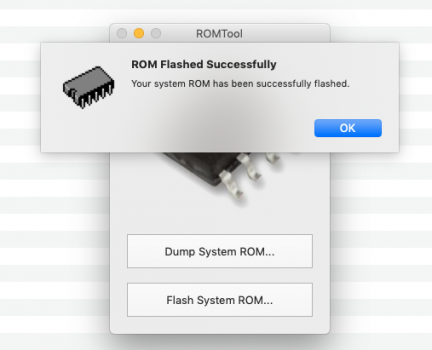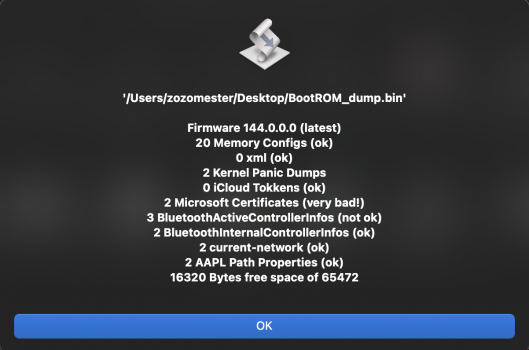I have a real POMONA (MODEL-520 from Digikey), a fake POMONA MODEL-520 and that black one.
The problem's not the clip, but the high drain of the components of the board and the way Apple wired the circuit.
I even injected 3V3 on VDD to overcome the drain.
I agree (emphatically) that those black clips SUCK (worthless) ...
I'd also wondered if reprogrammers could work without removal using:
• Medusa -- (many L-13 & Mid-15 A1398 Retinas have to be in sleep mode for the Medusa 2 to work)
- or -
• DS-809SE -- (I believe it injects both 3.3v and other voltage-options as systems-require.)
But, if he already tried injecting voltage and it still doesn't work ?
I guess there're just too many ways for voltage to be consumed by other components to work without removal.
(Unless there's been some new info ... if you guys think the medusa2 might work, I'll give it a shot)




